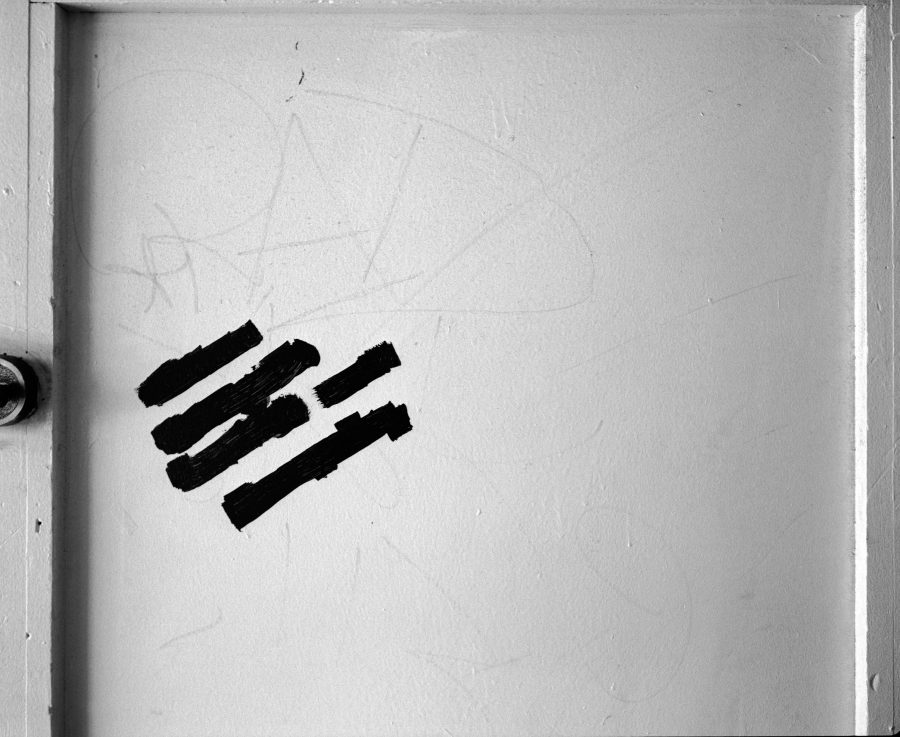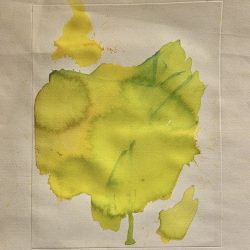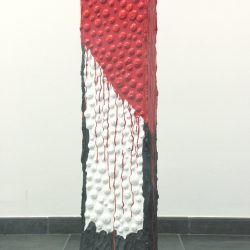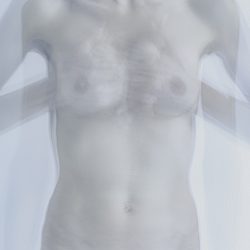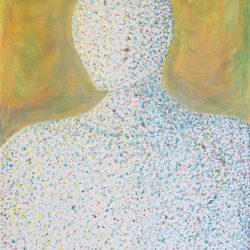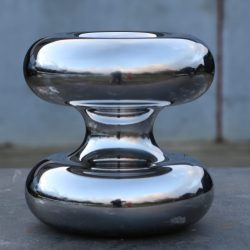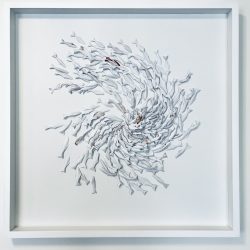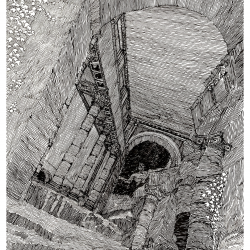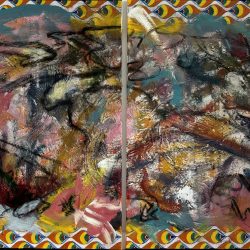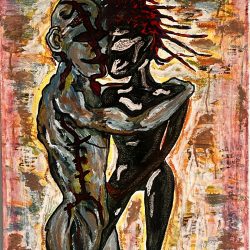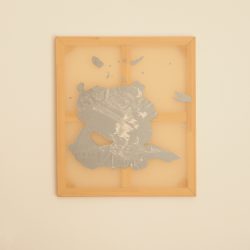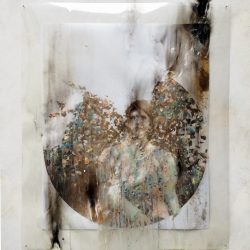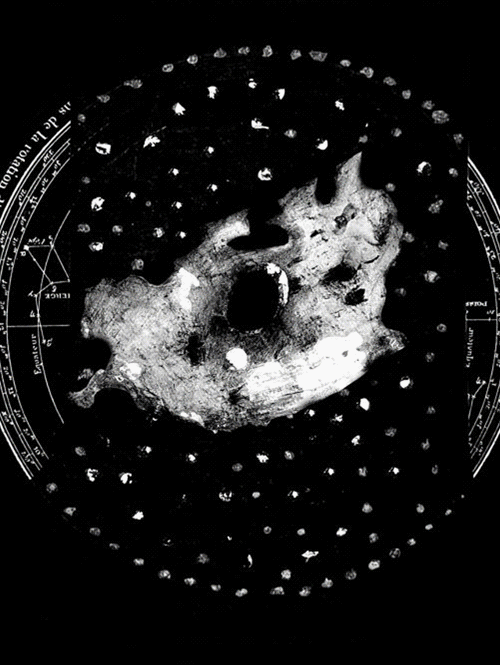work
The Black Big Apple
Black. Gray. White. The three notes of a visual symphony that resonates through the alleys and walls of New York, a city of a thousand reflections and no certainties. Black is not the absence of light but its most intense shadow, its most vivid contour. It is the mark of life flowing, the trace of time settling on iron and concrete, the imprint of history on asphalt that never sleeps.
A pale wall, streaked with fine veins, whispers stories of the city. A metal grate shields a window, concealing its depths—who lives behind it? Who watches the world with eyes veiled by the rust of time? At the center, a dark pole, worn and weathered, stands as a silent witness to passing footsteps and fleeting glances. At its base, like an off-key note or perhaps a perfectly harmonious one, a small fragment of life: a cap, a sphere, the remnant of something that once was.
This is just one of fifty visions, fifty heartbeats of a city breathing in chiaroscuro. Each image reveals the same visual grammar: walls and fences, worn surfaces, and slivers of white cutting through the darkness. Black is the protagonist, not because it oppresses, but because it enhances, because it gives depth and breath, because it dances with gray in an endless embrace.
In New York, black is elegance, it is structure, it is the color of the night punctuated by the glow of neon signs. It is the texture of rain-slicked streets, the shadows stretching between the narrow alleys of Brooklyn, the silent signature of photographers chasing the city in its purest form. Each contrast, every shade of gray, is a heartbeat of poetry.
In these images, light is not just a presence but a voice singing through the concrete. White carves out spaces of breath, fractures of quiet in a universe dense with matter. Black, far from being a harbinger of melancholy, is the city’s raw essence, its deep breath, its timeless elegance.
And so, fifty photographs tell a single story: New York’s black is not darkness—it is a narrative. It is the color of footsteps echoing on the pavement, of damp subway rails, of illuminated windows in the night. It is the echo of a city that does not fear contrast but celebrates it.
120 b/w negative with Plaubel Makina 67 camera printed on photographic paper
A pale wall, streaked with fine veins, whispers stories of the city. A metal grate shields a window, concealing its depths—who lives behind it? Who watches the world with eyes veiled by the rust of time? At the center, a dark pole, worn and weathered, stands as a silent witness to passing footsteps and fleeting glances. At its base, like an off-key note or perhaps a perfectly harmonious one, a small fragment of life: a cap, a sphere, the remnant of something that once was.
This is just one of fifty visions, fifty heartbeats of a city breathing in chiaroscuro. Each image reveals the same visual grammar: walls and fences, worn surfaces, and slivers of white cutting through the darkness. Black is the protagonist, not because it oppresses, but because it enhances, because it gives depth and breath, because it dances with gray in an endless embrace.
In New York, black is elegance, it is structure, it is the color of the night punctuated by the glow of neon signs. It is the texture of rain-slicked streets, the shadows stretching between the narrow alleys of Brooklyn, the silent signature of photographers chasing the city in its purest form. Each contrast, every shade of gray, is a heartbeat of poetry.
In these images, light is not just a presence but a voice singing through the concrete. White carves out spaces of breath, fractures of quiet in a universe dense with matter. Black, far from being a harbinger of melancholy, is the city’s raw essence, its deep breath, its timeless elegance.
And so, fifty photographs tell a single story: New York’s black is not darkness—it is a narrative. It is the color of footsteps echoing on the pavement, of damp subway rails, of illuminated windows in the night. It is the echo of a city that does not fear contrast but celebrates it.
120 b/w negative with Plaubel Makina 67 camera printed on photographic paper



